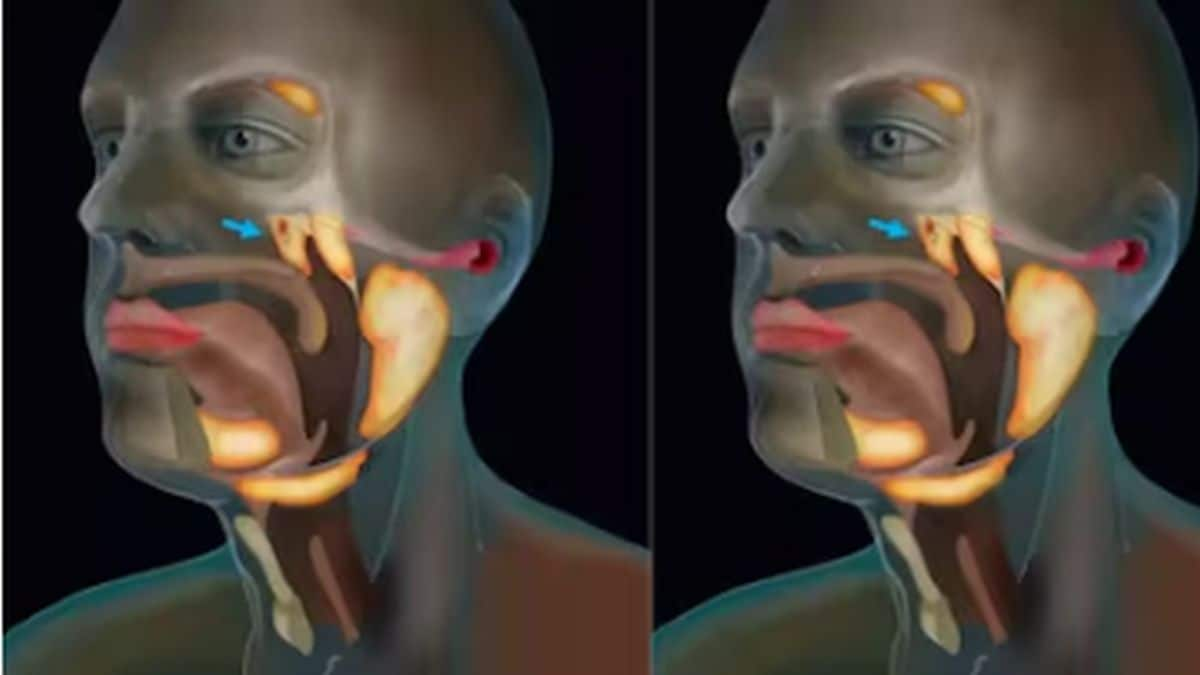Kawasaki is a rare disease which usually affects children under the age of five. According to Kawasaki Disease Foundation India, the incident rate of Kawasaki in India is 60 to 150 per 100,000 children below the age of 5 years. In India, most patients remain undiagnosed due to lack of awareness. So far, it was believed that there is only a single cause (yet unknown) behind Kawasaki disease, irrespective of the demography. However, in recent research published in The Journal of Pediatrics on 21 September, 2020, it was found that Kawasaki disease can have multiple triggers and can appear different in different clusters. What is Kawasaki disease? Kawasaki disease is an autoimmune disease, which usually presents with a high temperature that may last for five days or more, a rash, swelling in the glands present in the neck, dry and cracked lips and red eyes, fingers and toes. The cause of this disease is not yet known. While some believe it could be due to genetic predisposition, others believe it is the result of some bacterial or viral infection. If the condition remains untreated, the child may develop coronary artery aneurysms (balloon-like bulges in the blood vessels), which can ultimately result in myocardial infarction (heart attack), congestive heart failure or even death. Finding the clusters of Kawasaki disease A disease cluster is a situation when a greater than expected number of cases of a disease occur in a group of people who either live together or work in the same area. In this study, scientists from UC San Diego examined 47 Kawasaki clusters, that were found in 1,332 kids, for 17 years. The kids were diagnosed with complete and incomplete Kawasaki disease and were treated at Rady Children’s Hospital-San Diego between January 2002 and March 2019. These kids were compared to two control groups of synthetic (artificially-made) Kawasaki Disease clusters. The scientists examined the white blood cell count, erythrocyte sedimentation rate (ESR), C-reactive protein and haemoglobin levels of these kids. Results The results of the study showed that kids who showed low levels of haemoglobin, presented with high levels of inflammation in their body and vice-versa. It was also found that some clusters had distinct clinical features such as strawberry tongue or abnormal lymph nodes, while these were absent in the other clusters. Conclusion The scientists concluded that there can be different clusters of Kawasaki disease which can vary from each other due to multiple environmental triggers or weathers patterns such as temperature, rainfall and wind patterns. They further added that while these clusters of Kawasaki disease are the result of different triggers or different intensity of exposure to the triggers, they all respond in the same manner. The scientists believe that with this study, they will be able to find out the exact cause behind Kawasaki disease. For more information, read our article on Kawasaki Disease. Health articles in Firstpost are written by myUpchar.com, India’s first and biggest resource for verified medical information. At myUpchar, researchers and journalists work with doctors to bring you information on all things health.
The results of the study showed that kids who showed low levels of haemoglobin, presented with high levels of inflammation in their body and vice versa.
Advertisement
End of Article


)

)
)
)
)
)
)
)
)



